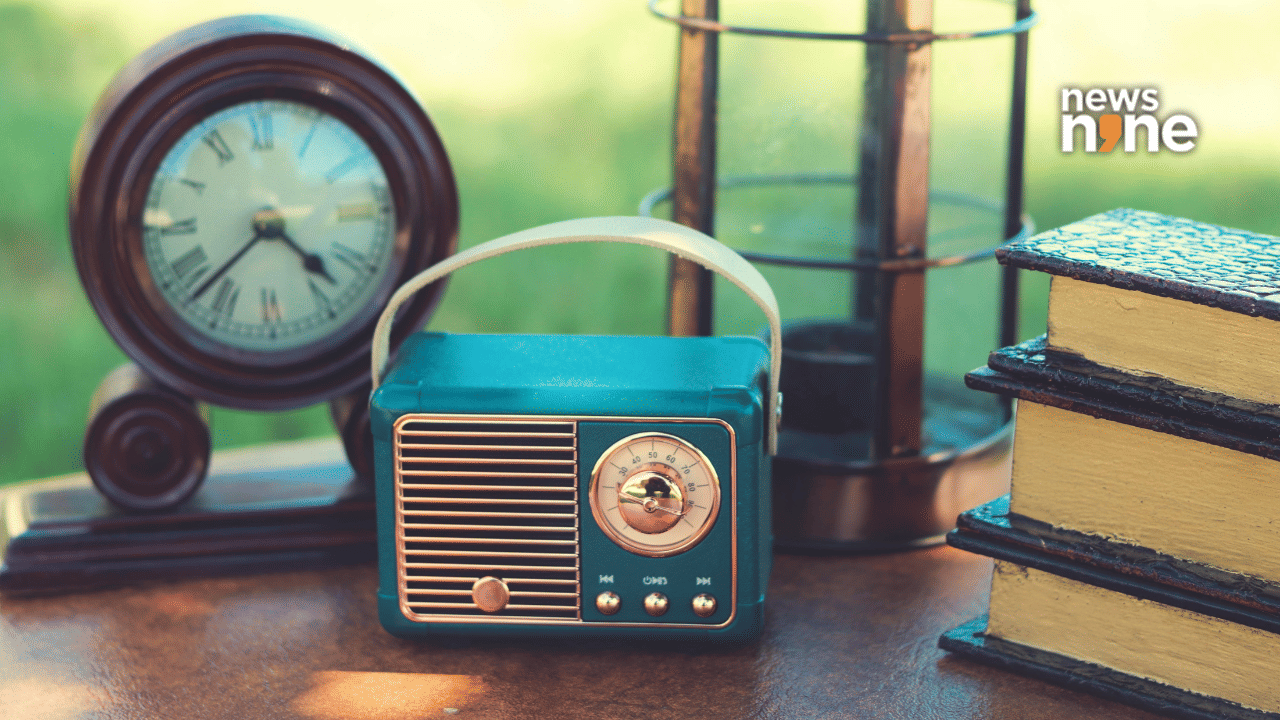New Delhi: The Telecom Regulatory Authority of India (TRAI) has come out with its detailed recommendations on how private radio broadcasters in India should move towards digital radio. The plan sets the stage for starting services in 13 cities, including the four biggest metros and nine other large cities. The proposal has been under discussion since last year when the Ministry of Information and Broadcasting asked TRAI to frame a policy.
A consultation paper was released in September 2024, followed by months of discussions and an open house in January 2025. The regulator says it studied over 40 responses and more than a dozen counter-comments before finalising the new framework. The idea is to give private broadcasters a way to run both analog and digital channels side by side, while keeping options open for a complete shift to digital in the future.
Digital radio rollout plan
The core recommendation is to start services in simulcast mode. That means a broadcaster can use the same spot frequency to run one analog channel, three digital channels and even a data service. TRAI has said only one digital technology standard should be used in India to avoid fragmentation.
The first phase will cover Delhi, Mumbai, Chennai and Kolkata under the A+ category, along with Bengaluru, Hyderabad, Pune, Ahmedabad, Surat, Jaipur, Lucknow, Kanpur and Nagpur from the A category. The government will run auctions for new digital frequencies in these cities.
Key features of the policy
Some of the main points include:
- Existing FM broadcasters will get the option to migrate to digital simulcast mode. They must decide within six months after the auctions are done.
- Broadcasters who migrate will need to pay the difference between the auction price of digital spectrum and the one-time entry fee already paid.
- Each broadcaster will be allowed to operate multiple channels, but no one can control more than 40 percent of frequencies in one city.
- The period of authorisation will be 15 years.
- The annual fee will be 4 percent of adjusted gross revenue in most cities, and 2 percent for the first three years in border or hilly regions.
Reserve prices for spectrum
The regulator has also suggested starting reserve prices for spectrum. For instance, the cost in Delhi has been set at ₹177.63 crore, Mumbai at ₹194.08 crore and Chennai at ₹146.68 crore. Smaller A-category cities will see lower rates, such as Jaipur at ₹26.89 crore and Kanpur at ₹20.52 crore.
Devices and infrastructure
TRAI has asked the government to issue an advisory for making sure digital radio receivers are available in mobile phones and car infotainment systems. It also recommended a new category for infrastructure providers who can lease transmission facilities to broadcasters. Prasar Bharati has been asked to share its towers and other facilities at concessional rents, while recovering operational costs.
Why it matters
Digital radio will allow more channels on the same frequency and provide better sound quality. It could also help listeners get extra services like live data feeds. TRAI believes this shift can bring new opportunities for broadcasters and fresh choices for radio audiences in India.
